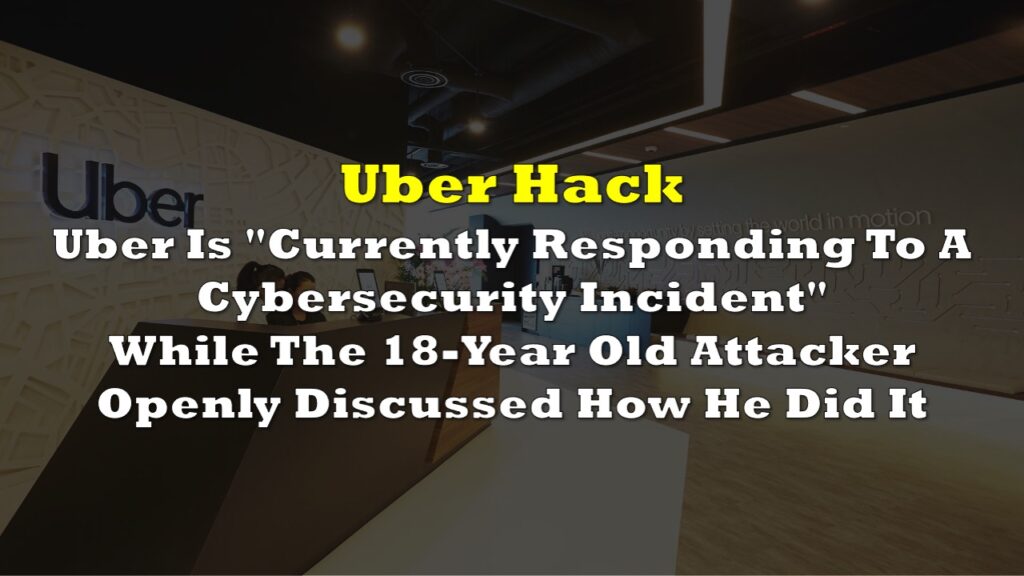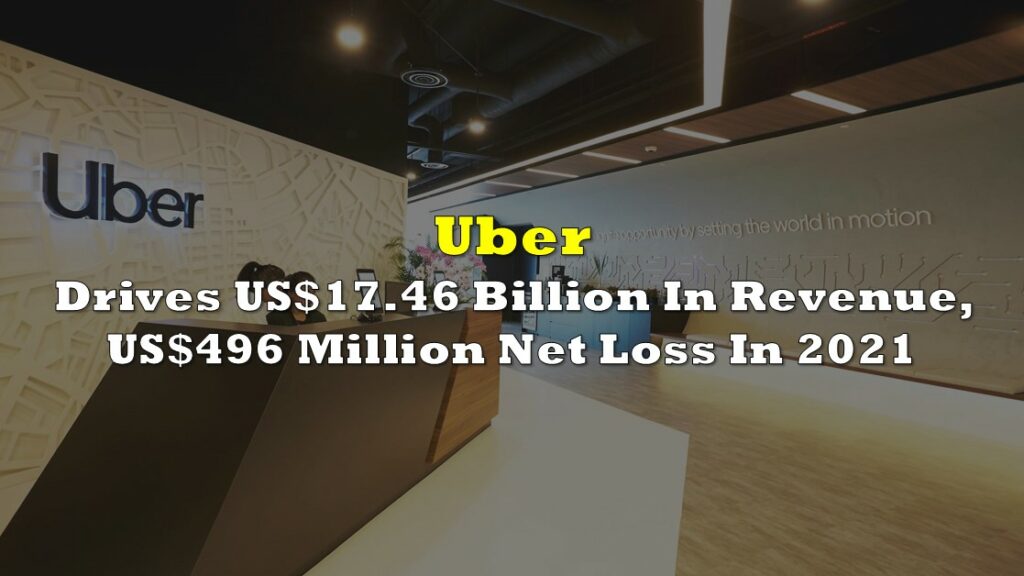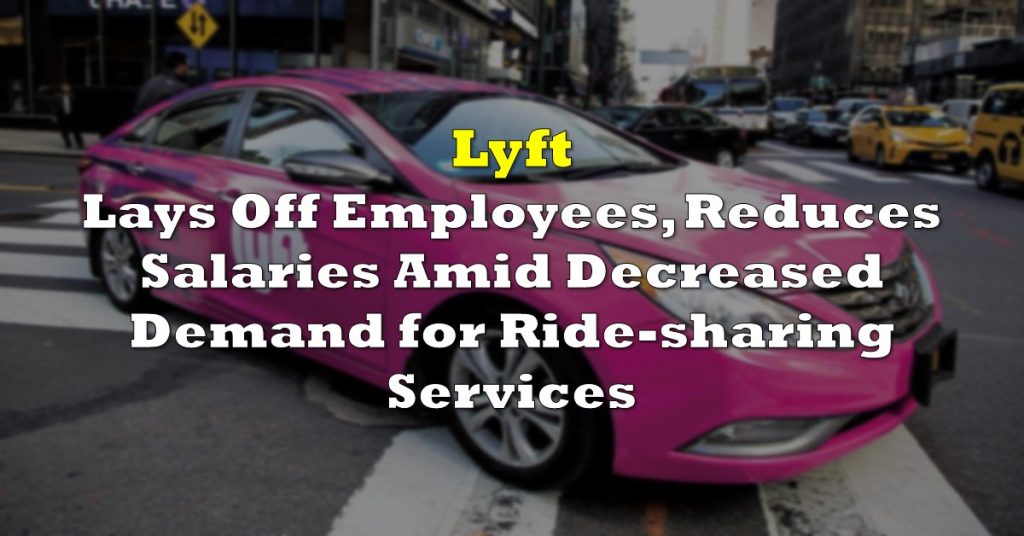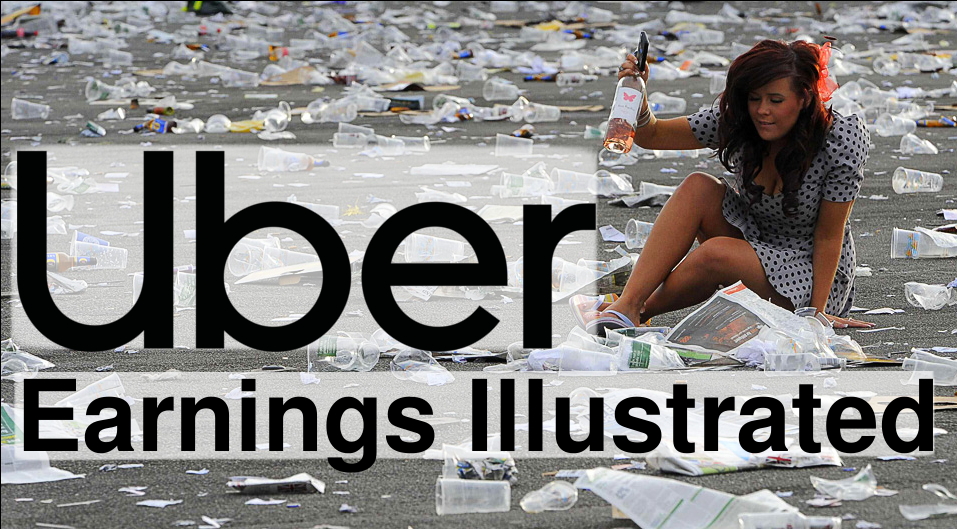With the US economy roaring back to life, a number of industries are getting prepared for an influx of pent-up demand for numerous goods and services. However, the broad issue of labour shortages are hitting some sectors of the economy harder than others.
Following a sharp decline in the demand for travel all throughout last year, the summer of 2021 and subsequent vaccine rollout has reignited Americans’ thirst for mobility and travel. However, it appears that major ride-hailing companies Uber and Lyft are struggling to take full advantage of the travel rebound, as they increasingly struggle to regain drivers that were furloughed during the pandemic.
Although Uber and Lyft have both offered a number of incentives to coax drivers back to work, many are refusing to return, resulting in longer wait times and surging prices for customers. As CNBC reports, a significant percentage of drivers are not being persuaded by shiny stimulus packages or taking advantage of surge pricing; instead, they are refraining from stepping back into the industry for a variety of reasons.
“Drivers are in a low-key strike,” explained Rideshare Drivers United volunteer organizer Nicole Moore. Some drivers remain hesitant of Covid-19 infection while on the job, especially given that less than 50% of the US population is fully vaccinated. “This thing is not over yet, people can still get sick,” Louis Wu, a former rideshare driver told CNBC.
Although Uber has made efforts to get Americans vaccinated, such as offering free rides to vaccination clinics, some drivers are still fearful of the high risk of virus transmission, and as a result have reverted to food or grocery delivery. “In times of Covid, there’s a lot less customer interaction with food delivery vs transporting a passenger in your backseat,” said Harry Campbell, owner of The Rideshare Guy blog. “You also put less miles on your car as a delivery driver since people order from nearby restaurants vs a full-time ride-hail driver that can easily do 1,000 miles per week or more. A lot of ride-hail drivers just get tired of dealing with people too.”
Also, some drivers have refrained from getting back into the gig economy due to generous unemployment benefits, which are slated for phase-out come later this year. Previously, both Uber and Lyft had forecast that demand and supply shortcomings would be sorted out come the third quarter, but if the current trend of demand outpacing supply continues, then the ride-hailing giants may be forced to embark on other integral changes in favour of drivers.
According to the Wall Street Journal, Uber is currently mulling funding career-building and education programs for their drivers. In the meantime, Lyft has revealed that it is exploring ways to cut back drivers’ expenses. However, many ride-hailing drivers have discovered increased benefits and perks outside of the gig economy, especially as they are increasingly unable to take advantage of surge pricing.
Although customers have been forced to pay elevated prices for ride-sharing services, drivers have not been receiving their fair cut. “When I started driving, I was guaranteed 80% of the fare,” Moore explained. “If that’s where we were right now, you would see a very different equation on the road. Drivers are seeing 20, 30, 40% of the fare at times.”
Indeed, the list of reasons why ride-hailing drivers are choosing not to return to the gig economy is extensive. However, the money question remains: are Lyft and Uber receptive to fundamental changes in favour of their drivers? Given that both ride-hailing giants have pledged to reach profitability by the end of 2021, the added pressure on their balance sheets will likely make it even more difficult to meet the evolving needs of the gig economy.

Information for this briefing was found via CNBC. The author has no securities or affiliations related to this organization. Not a recommendation to buy or sell. Always do additional research and consult a professional before purchasing a security. The author holds no licenses.









